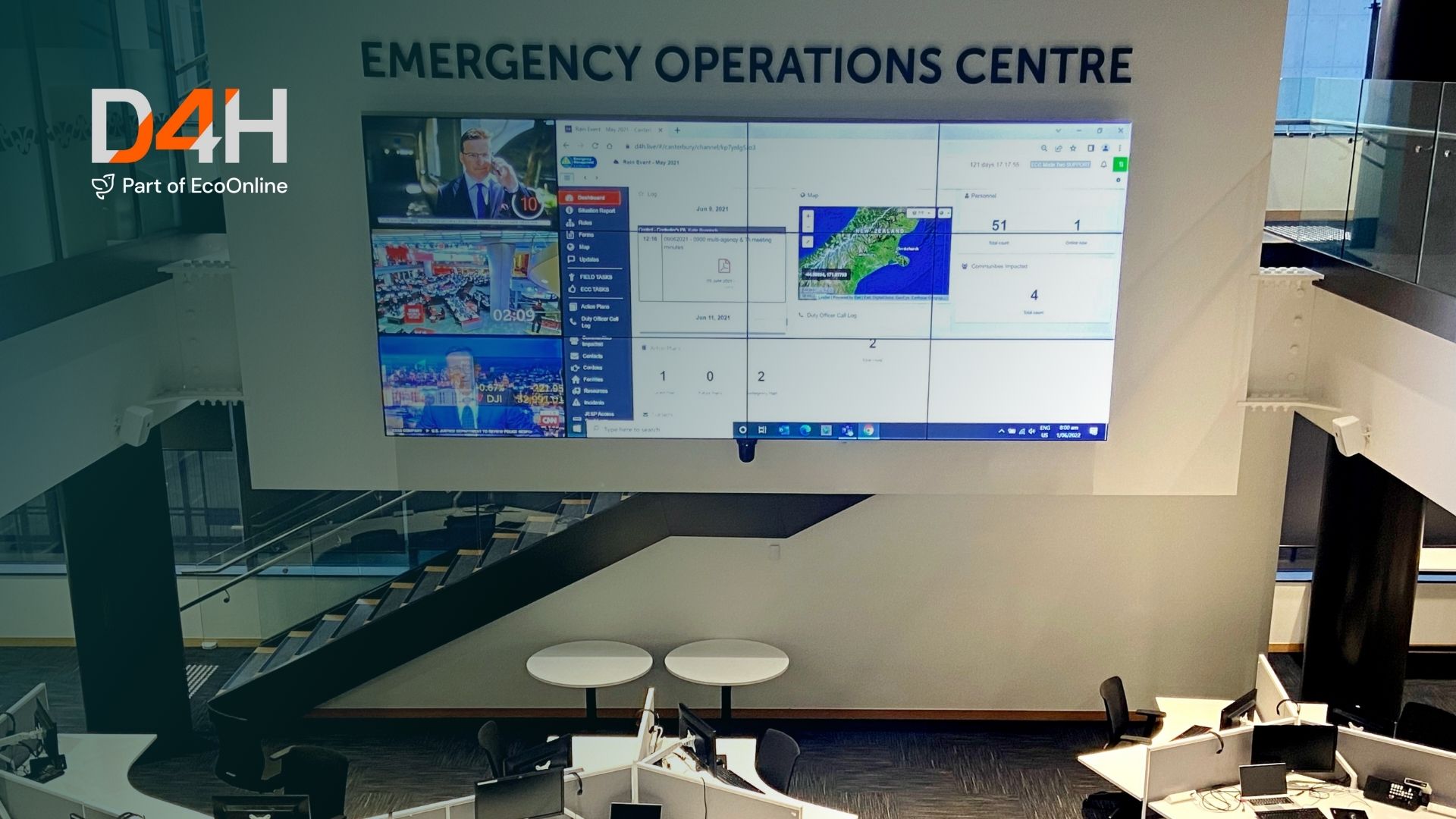
What Is Emergency and Crisis Management Software?
Emergency and crisis management software has become an essential tool for organizations facing an increasingly complex world. Whether responding to natural disasters, cyberattacks, industrial incidents, or major disruptions, digital tools help emergency managers and crisis leaders act faster, communicate clearly, and coordinate effectively.
These platforms are designed to improve situational awareness, team coordination, and decision-making under pressure, helping reduce downtime, confusion, and risk when every second counts.
However, technology alone isn’t the solution. Software must fit the way your organization operates. When implemented thoughtfully, it can strengthen preparedness, resilience, and recovery. When used poorly, it can slow decision-making and add unnecessary complexity.
Let’s explore some of the most important features and benefits of modern emergency and crisis management software, and how they support organizations before, during, and after an incident.
Visual Situational Awareness
One of the core functions of emergency and crisis management software is situational awareness — giving leaders and responders a shared, real-time view of what’s happening on the ground.
Through digital mapping and live data layers, teams can track hazards, personnel, and critical infrastructure. This visibility enables command centers to identify emerging risks, allocate resources, and adapt strategies as conditions change.
Many platforms also integrate environmental and weather data, allowing decision-makers to plan evacuations, anticipate cascading effects, and keep responders safe in dynamic conditions.
Empowering Teams to Self-Organize
In both emergency response and corporate crisis management, effective teamwork is key. Software that centralizes personnel data, roles, and skills enables organizations to identify qualified team members, assess readiness, and build self-organizing response groups.
During a crisis, this allows for rapid mobilization, ensuring the right people are deployed where they’re needed most. It also supports the inclusion of new or external partners by providing clear structures and expectations that anyone can follow.
Reliable, Real-Time Communication
Clear and timely communication can make or break a response. Modern systems include alerting and notification tools that reach personnel through multiple channels — such as text message, push notifications, voice call, email, WhatsApp, critical alerts — ensuring no one misses critical information.
These alerts can be targeted to specific teams or roles and tracked for confirmation, helping leaders know who’s available and when. During fast-moving incidents, real-time communication helps reduce confusion, shorten response times, and keep everyone aligned on priorities.
Information Sharing and Coordination
Crisis and emergency management depend on access to accurate, up-to-date information. Software platforms enable field teams to submit reports, photos, or observations directly from mobile devices even when offline.
Once connected, these updates sync automatically, providing the Emergency Operations Centre (EOC) or crisis management team with a complete operational picture. This transparency fosters coordination across departments and agencies, ensuring decisions are based on the most current data available.
Learning and Continuous Improvement
Every response offers lessons. Instead of waiting for post-incident debriefs, digital platforms allow teams to record insights in real time, flag issues, and track improvements.
This continuous learning approach helps organizations adapt faster, strengthen resilience, and ensure compliance through built-in reporting and audit trails. Over time, the result is a more capable and confident crisis management culture.
Clarity and Control in Complex Situations
Strong leadership during a crisis doesn’t mean constant oversight, it means providing clarity and structure. Software tools support this by automating task tracking, reporting, and reminders. Command staff can see progress at a glance while empowering teams to act independently within defined objectives.
This balance of visibility and autonomy helps organizations stay agile under pressure while maintaining accountability and safety.
Building Resilience for the Future
As global risks evolve, from climate-driven disasters to digital disruptions, emergency and crisis management software is becoming a cornerstone of organizational resilience.
The best solutions integrate communication, coordination, and situational awareness into one connected platform, helping teams prepare for, respond to, and recover from any event.
Technology alone won’t solve every challenge, but when paired with training, planning, and collaboration, it becomes one of the most powerful tools for readiness in 2025 and beyond.
Watch on YouTube
Highlighted Features
Recommended Software
Recommended Products
All content provided on this blog is for informational purposes only. D4H makes no representations as to accuracy, completeness, currentness, suitability, or validity of any information on this site and will not be liable for any errors, omissions, or delays in this information or any losses, injuries, or damages arising from its display or use.





.jpg)
.png)